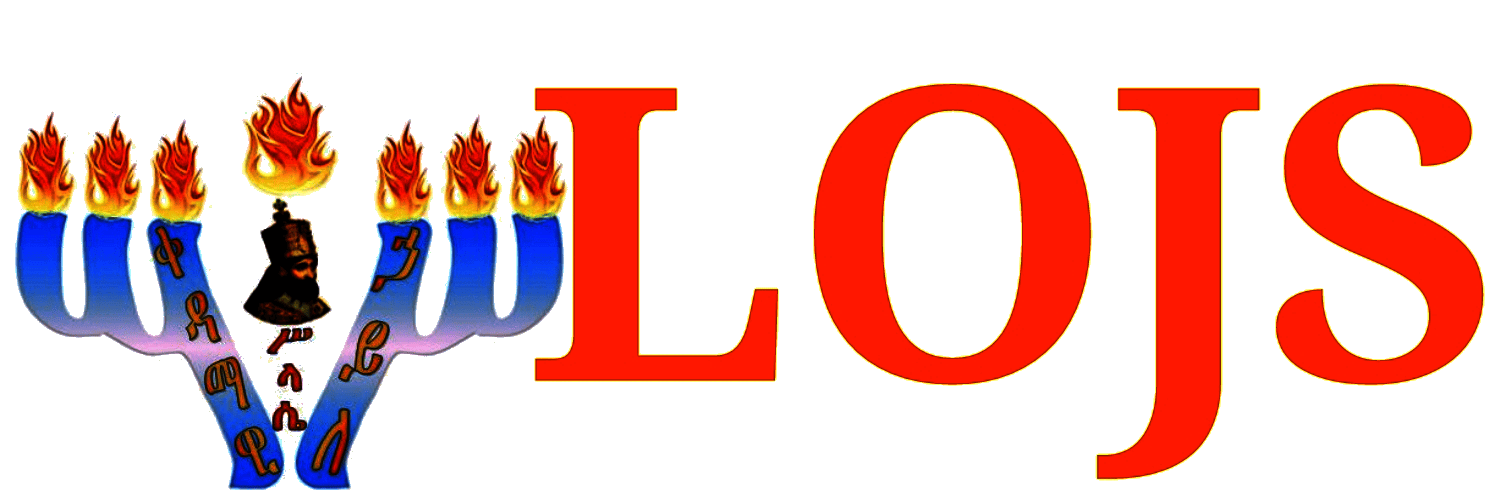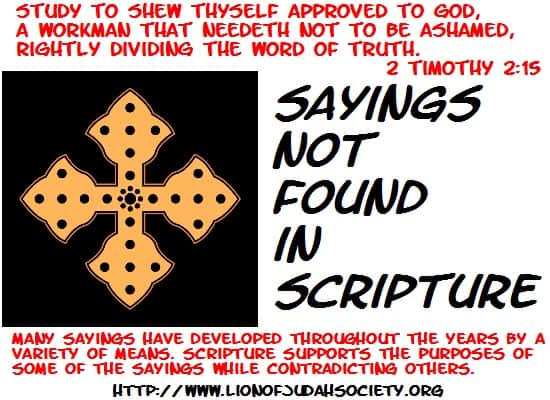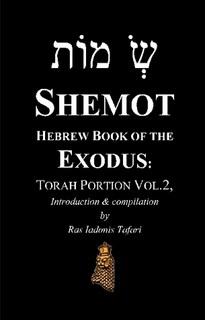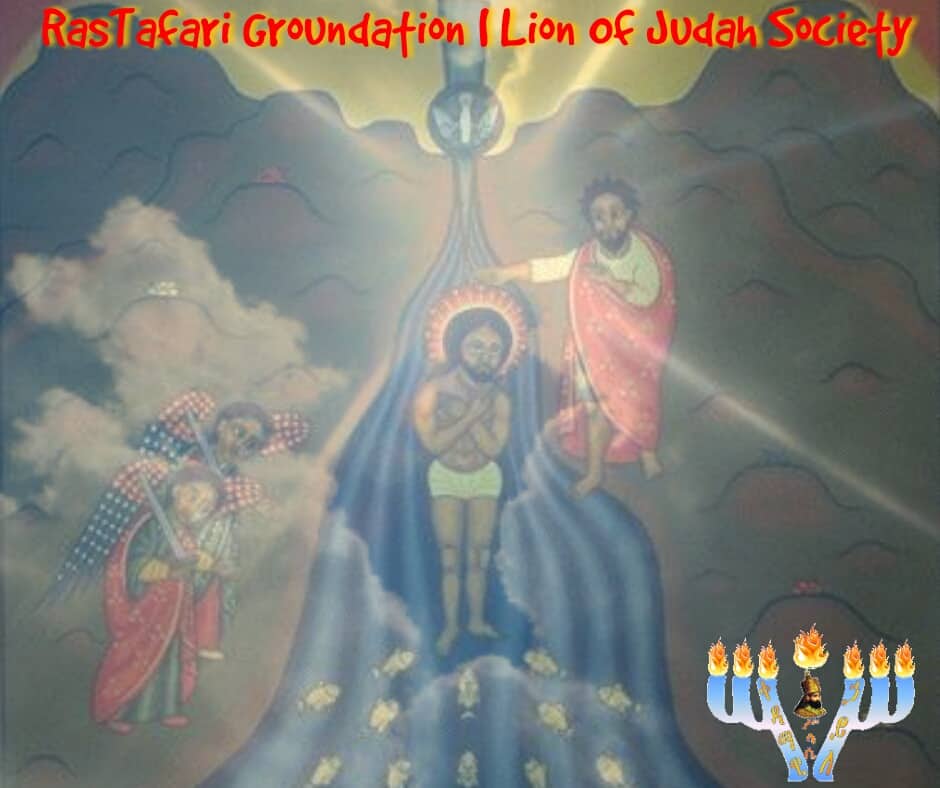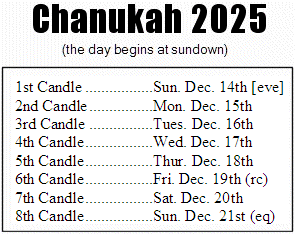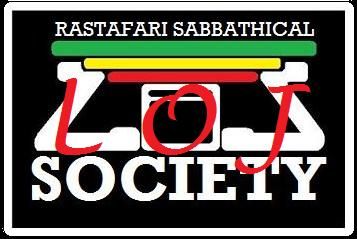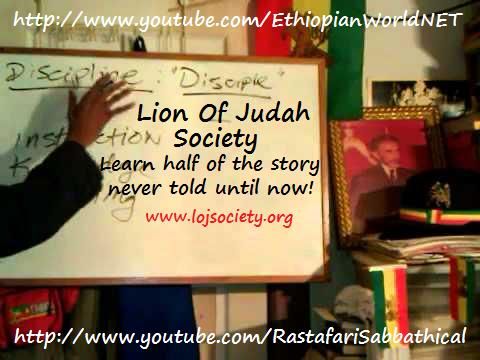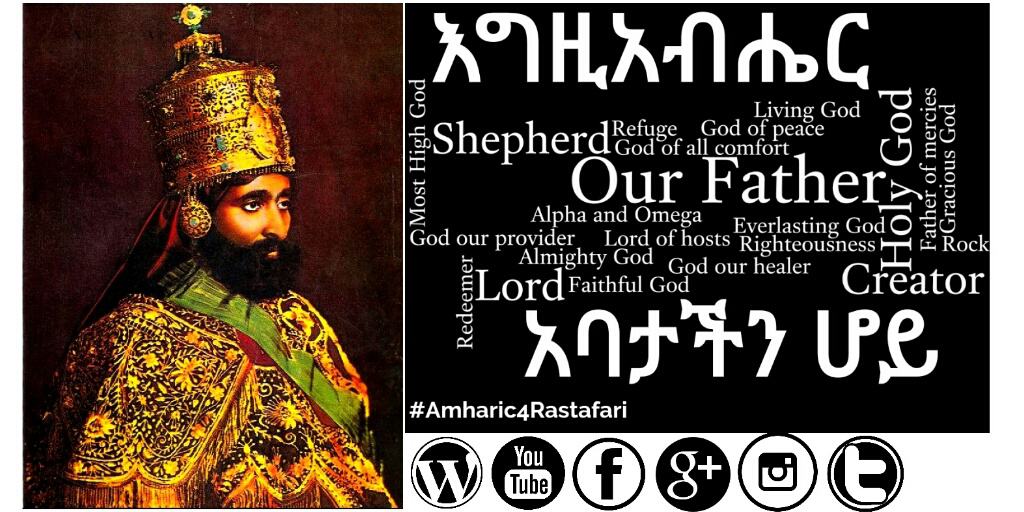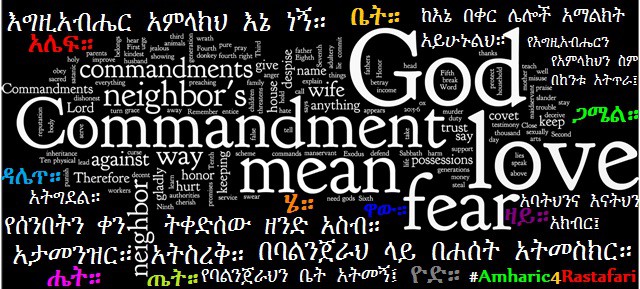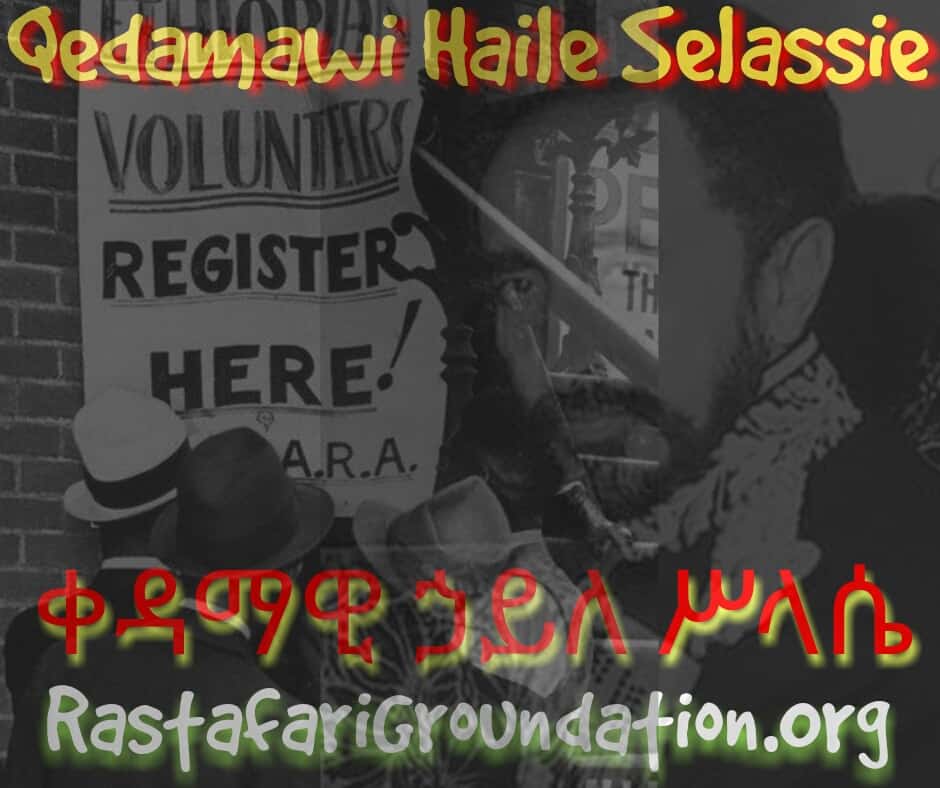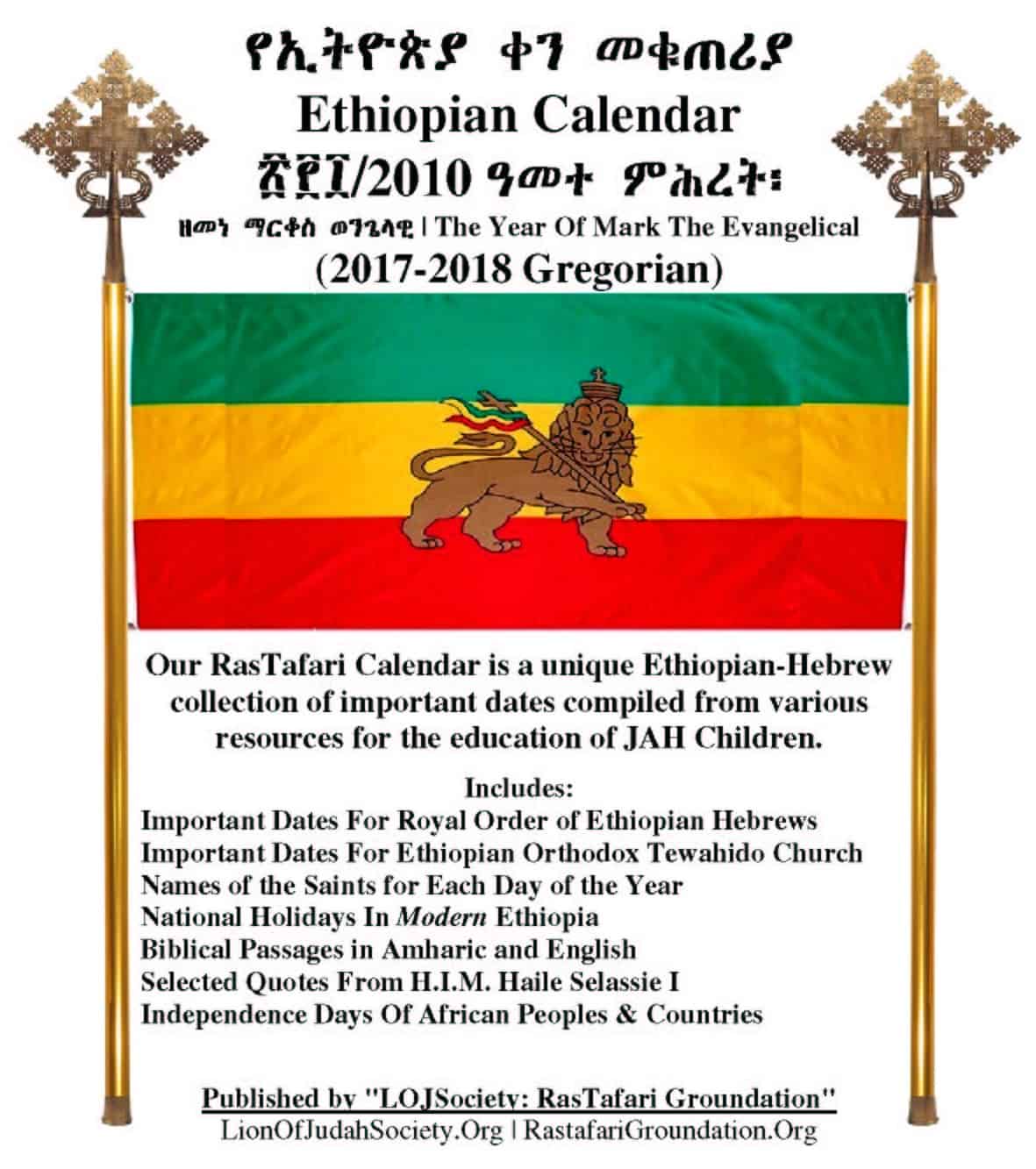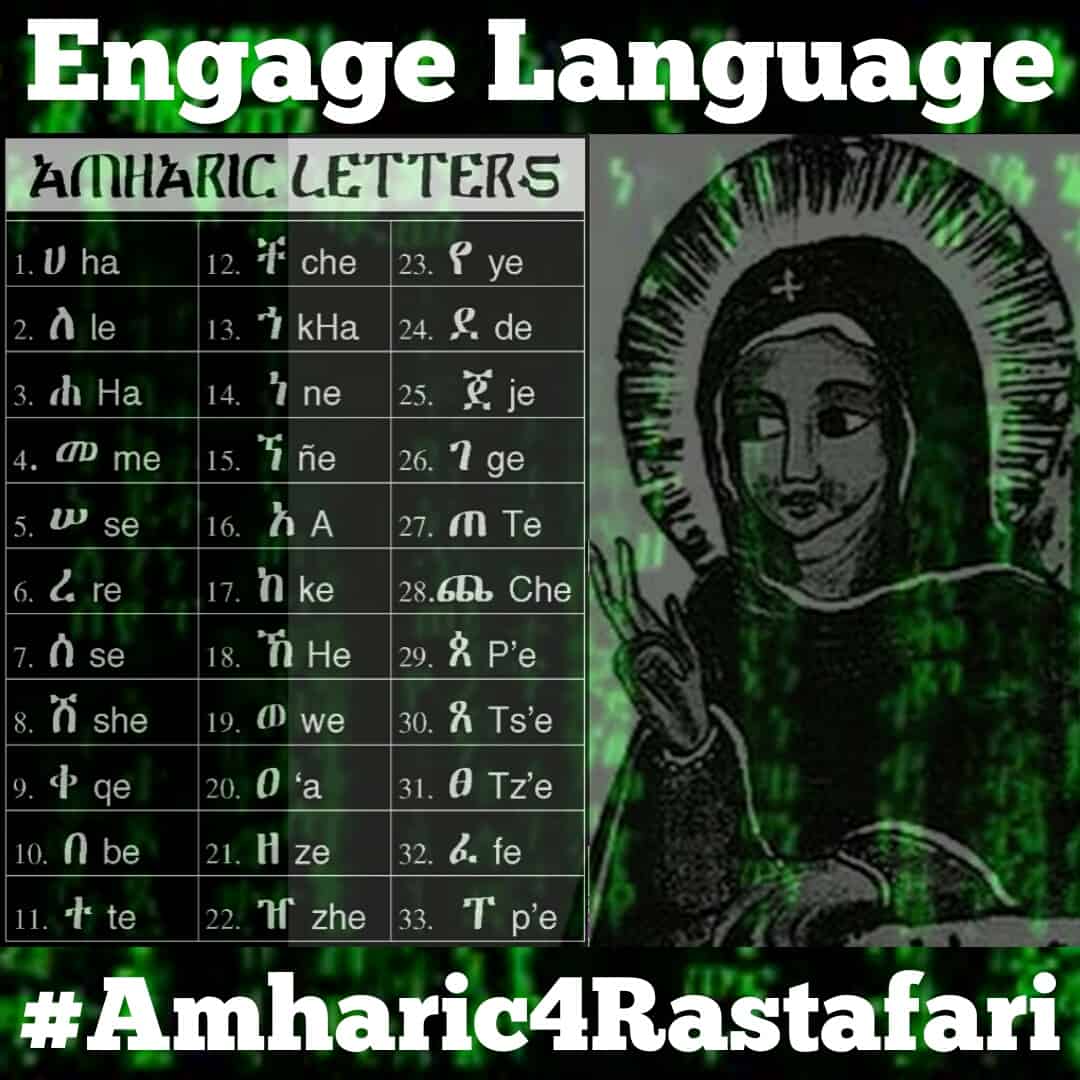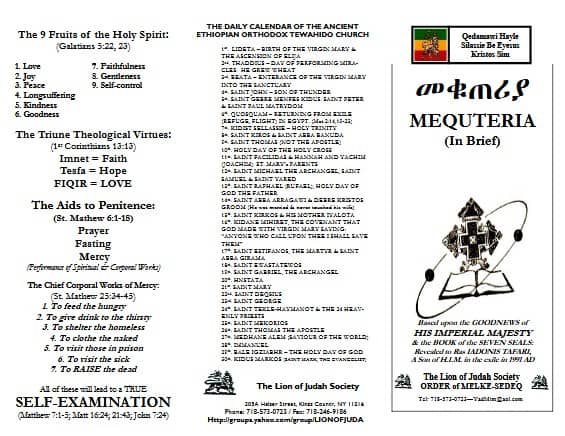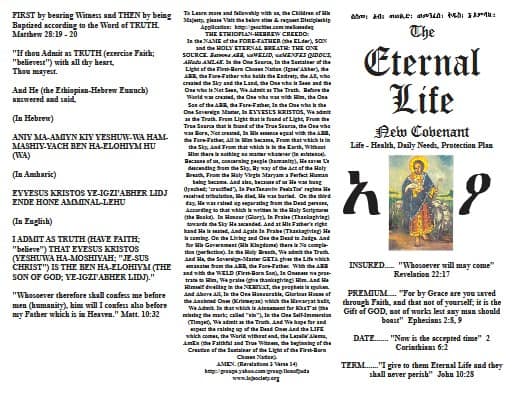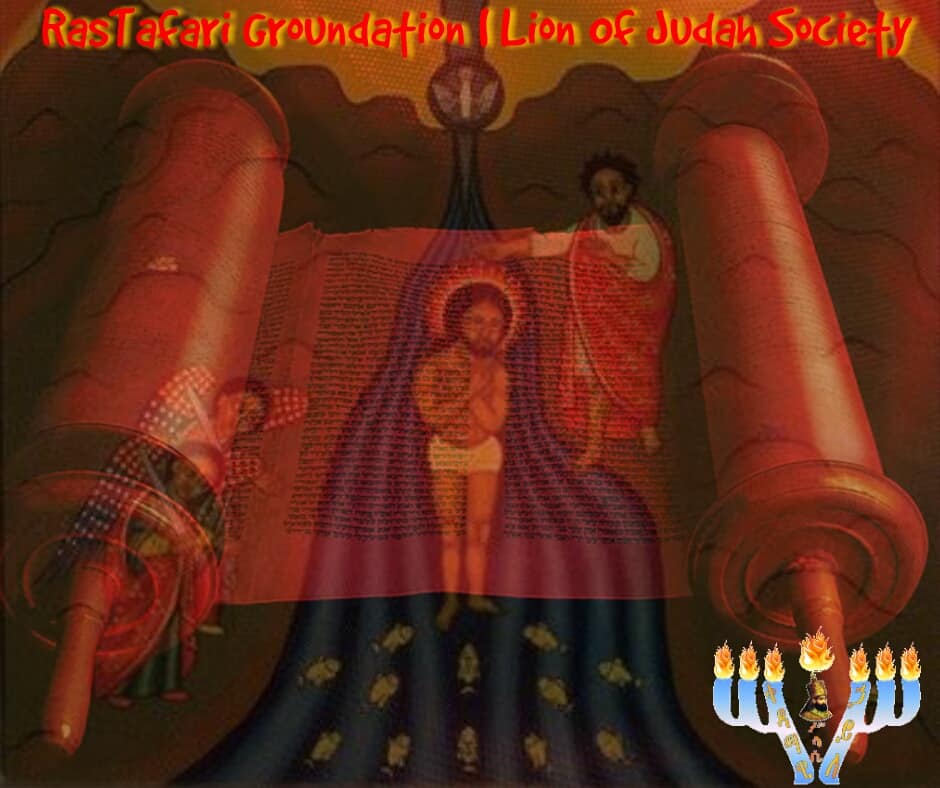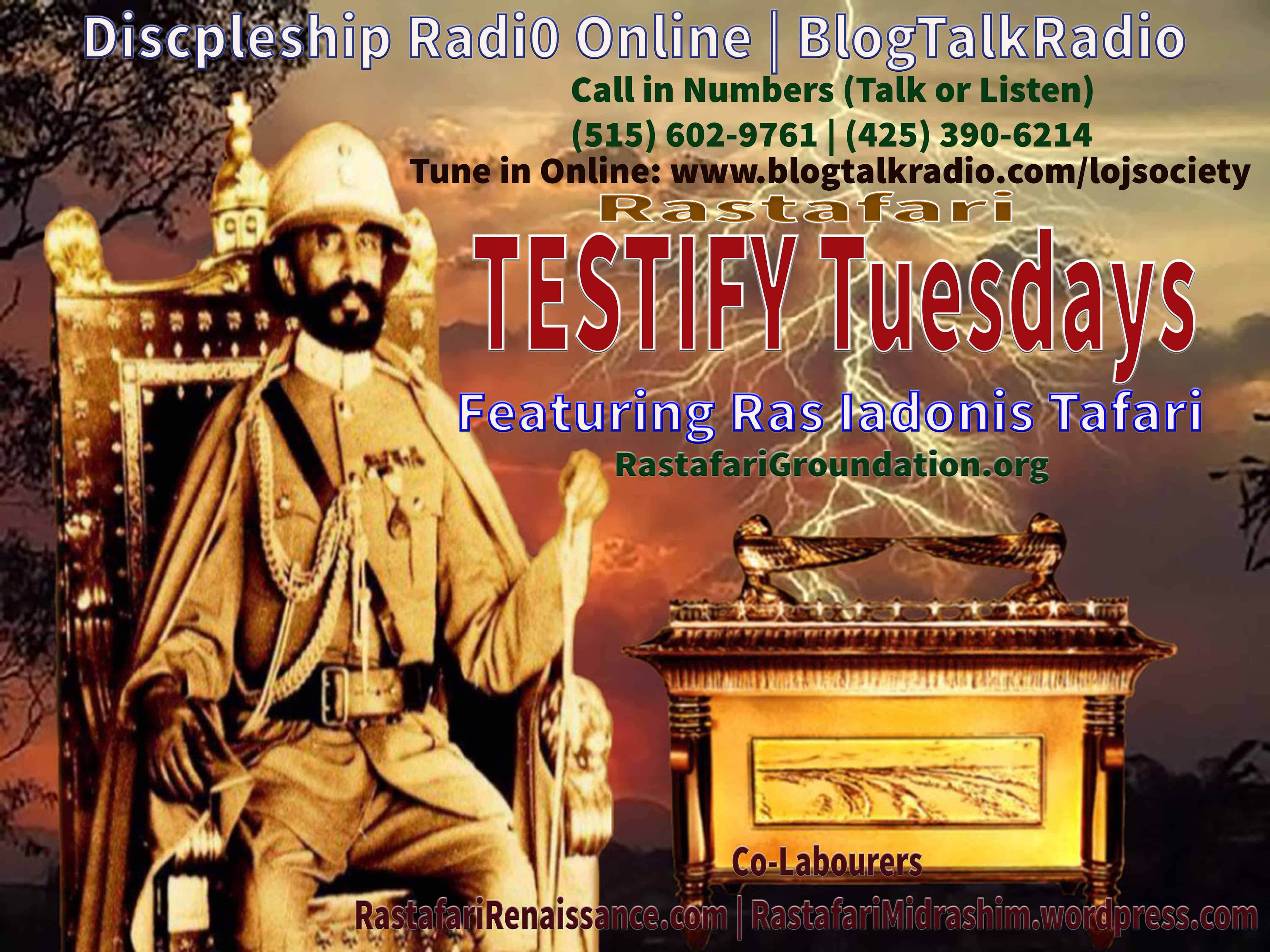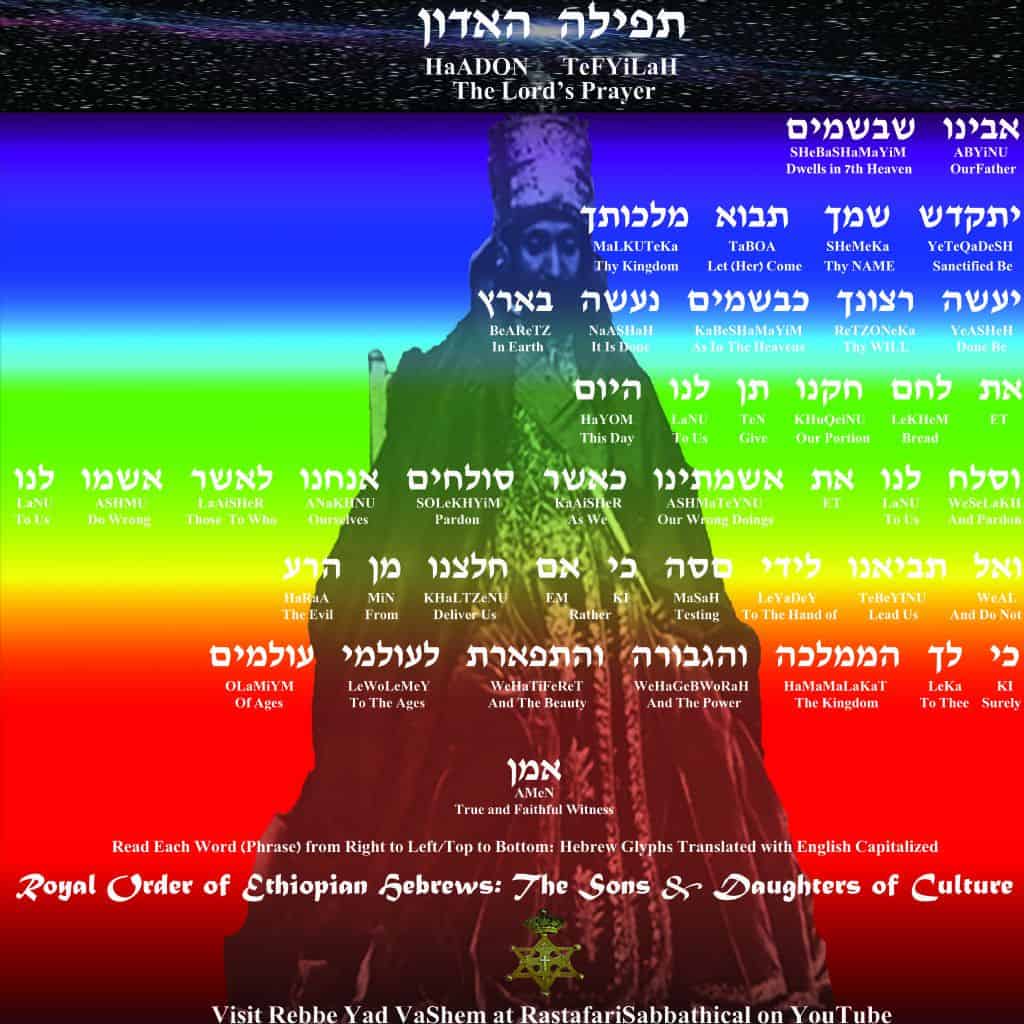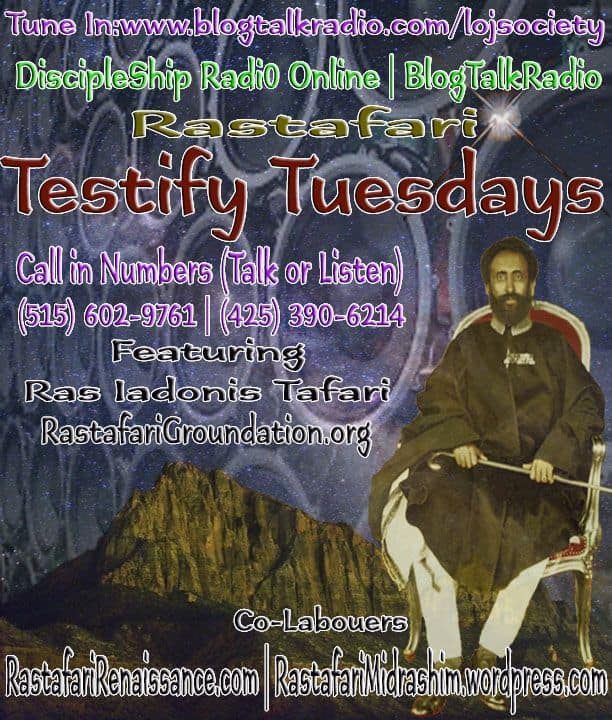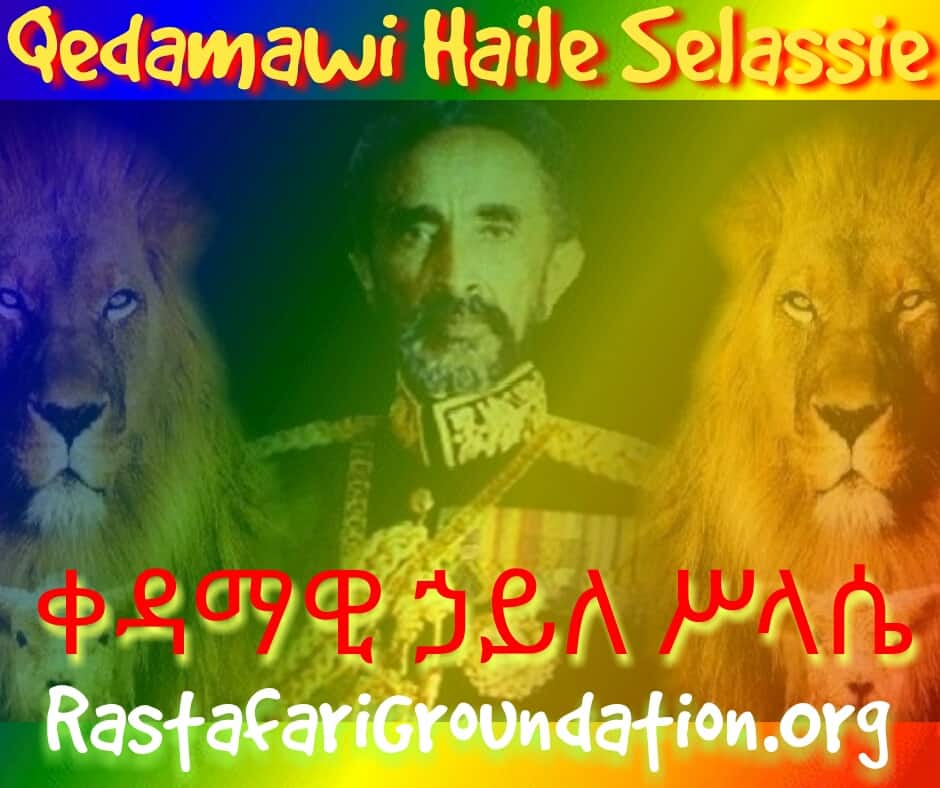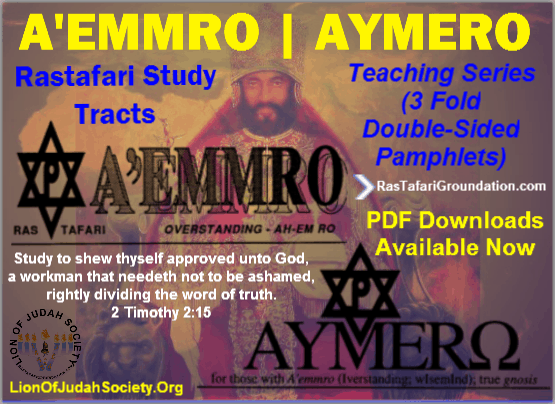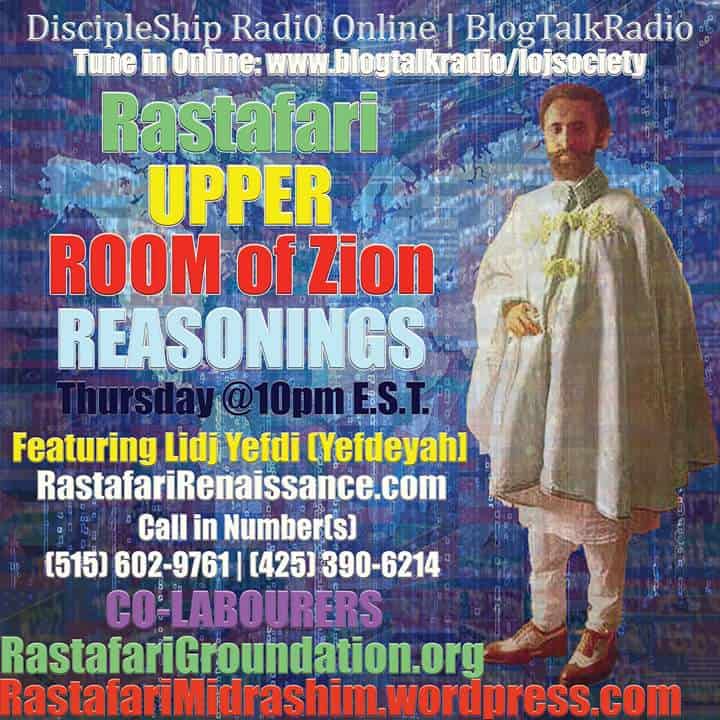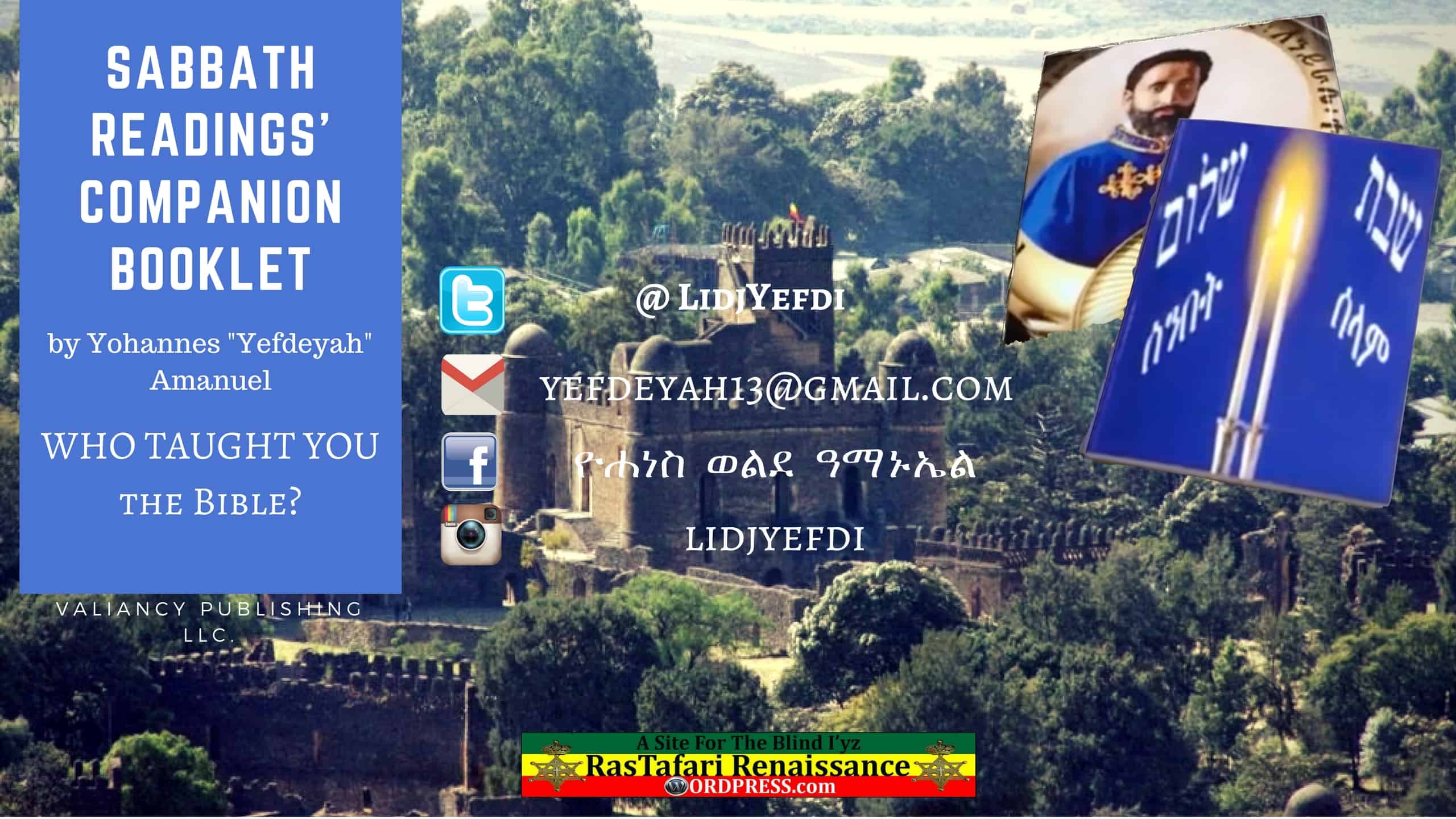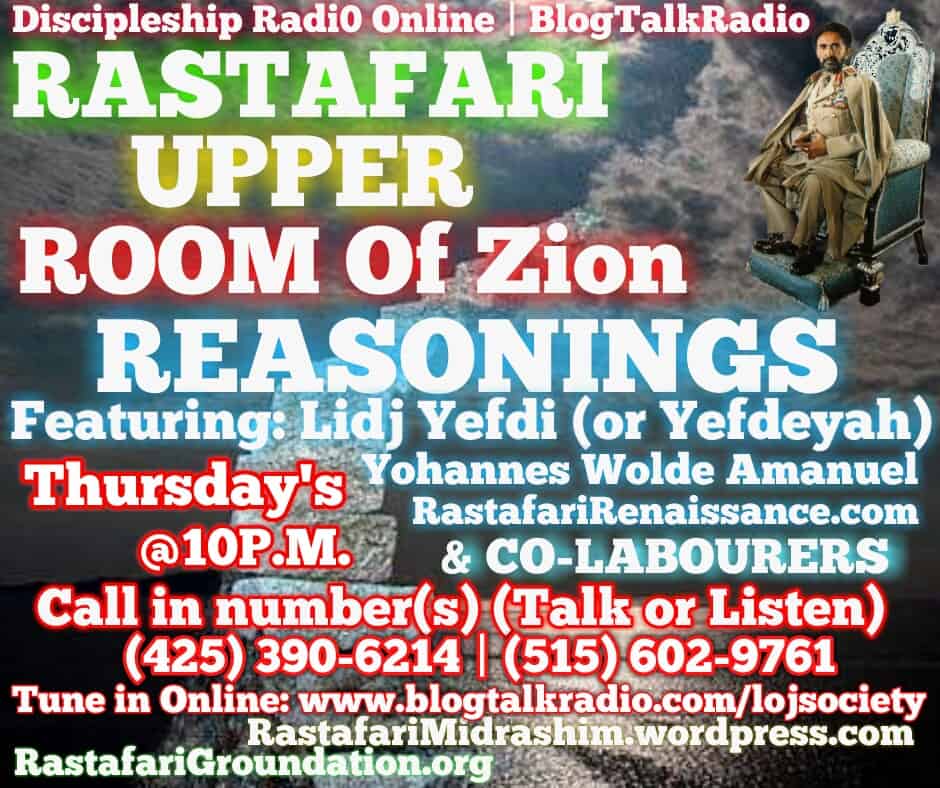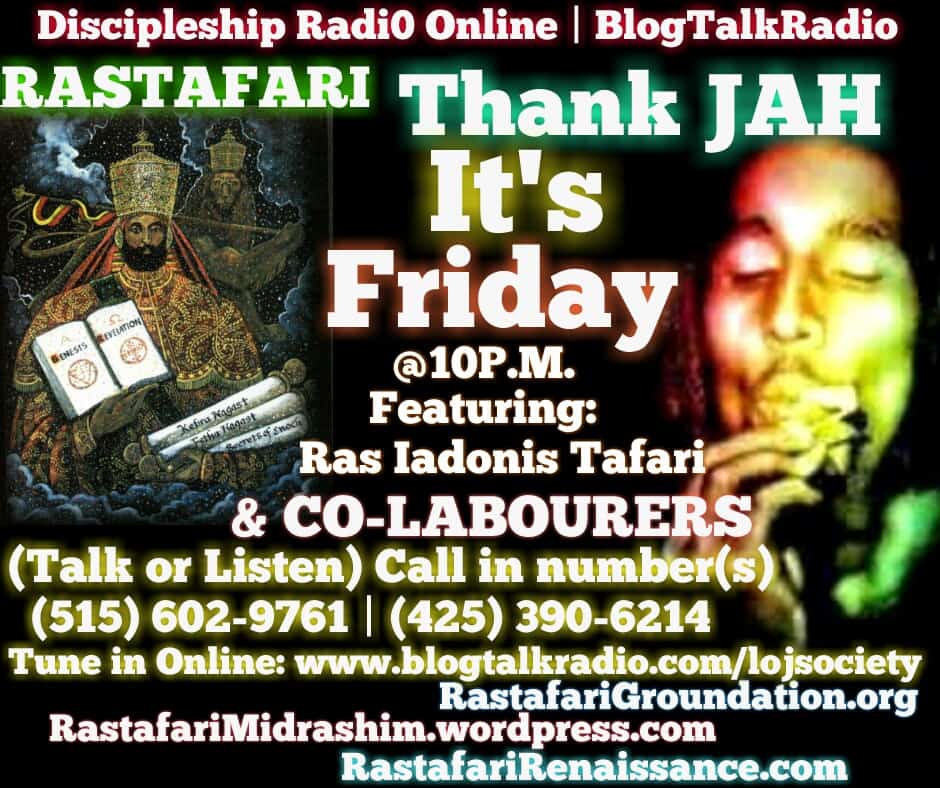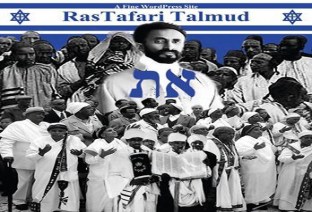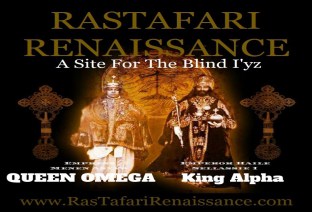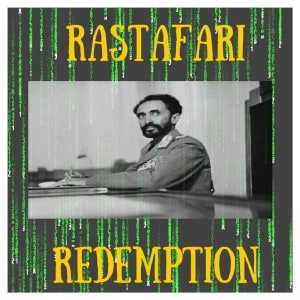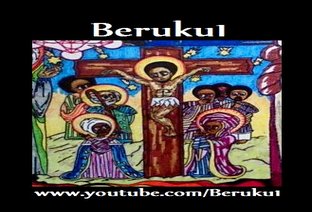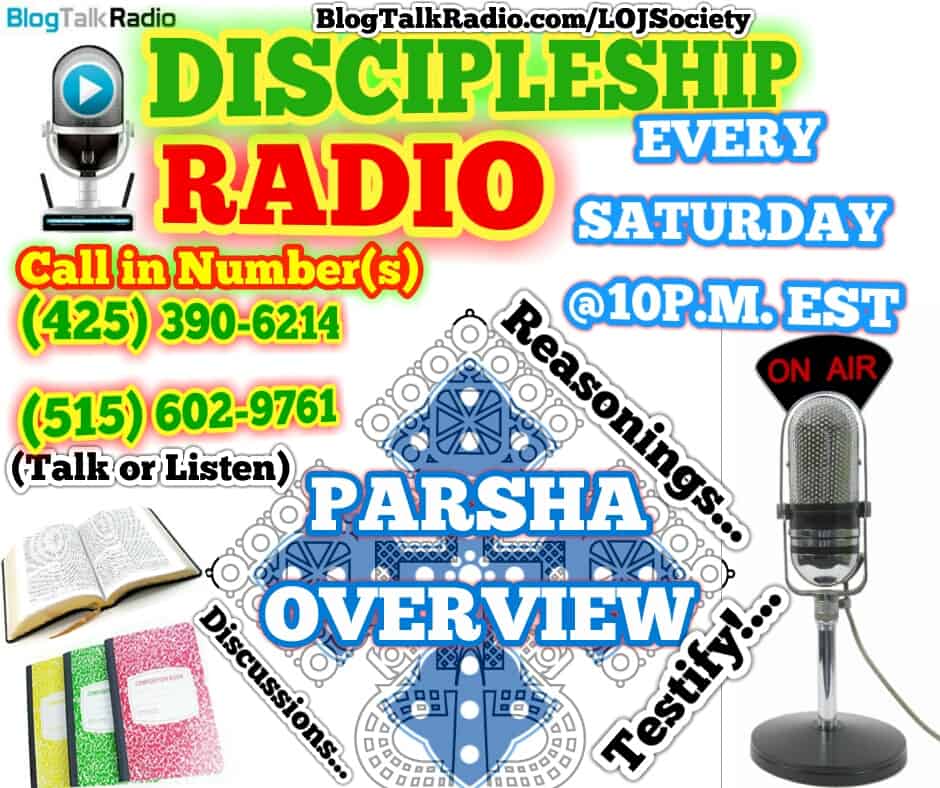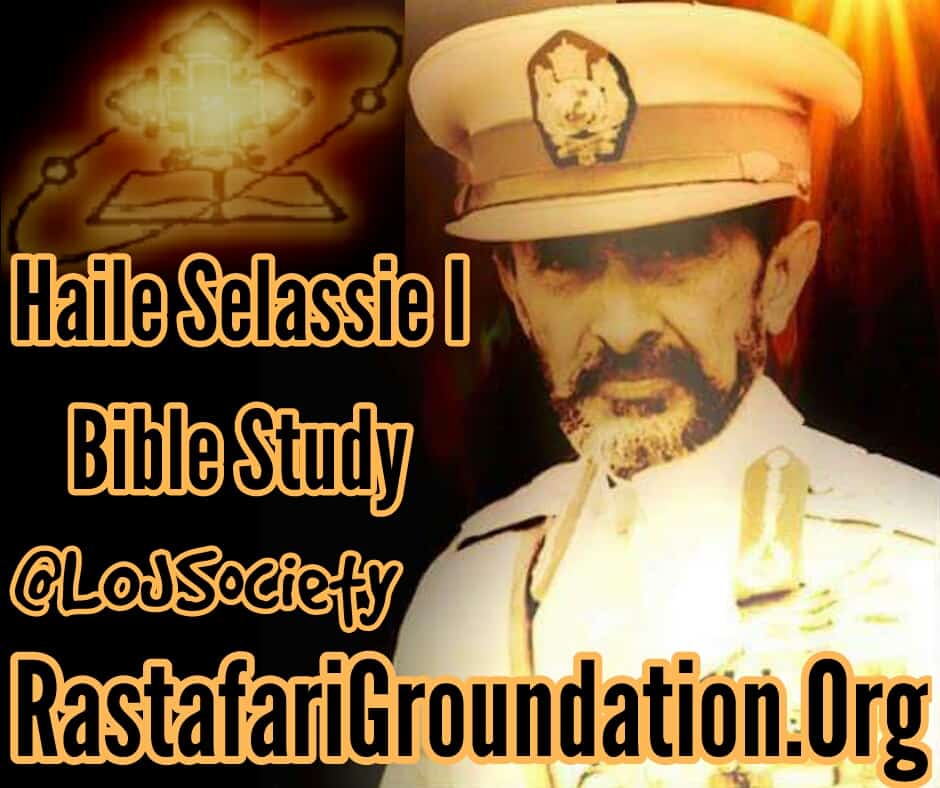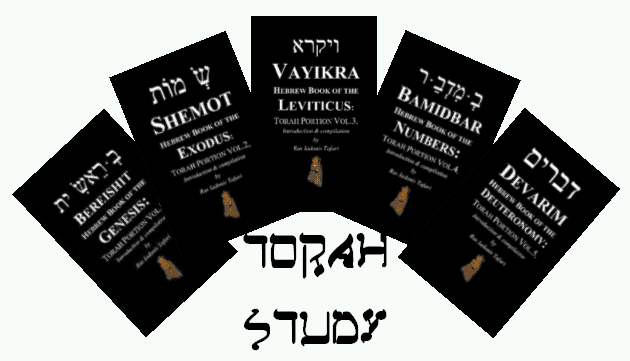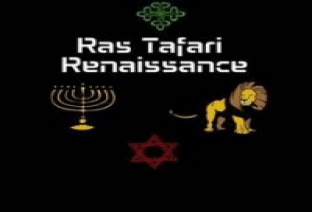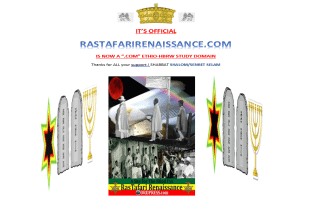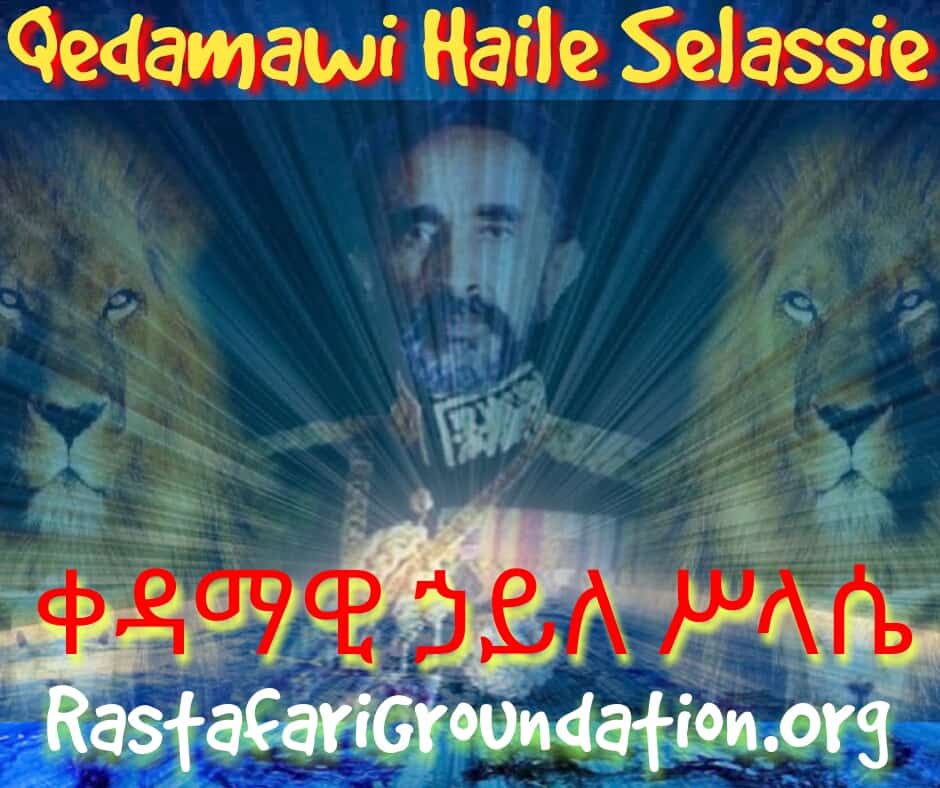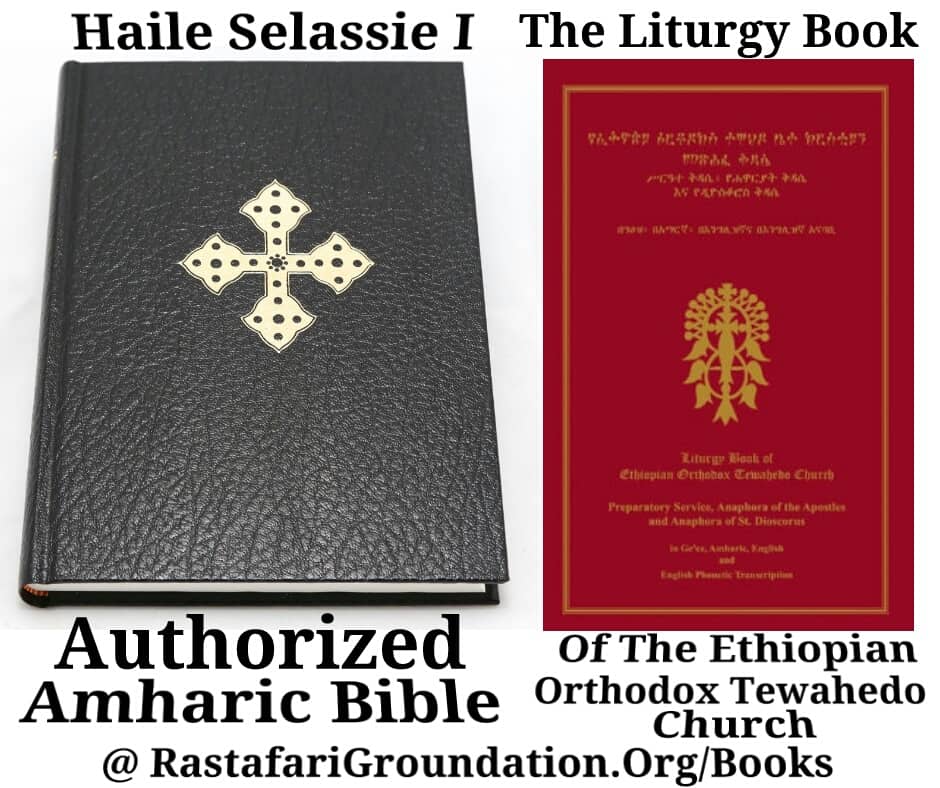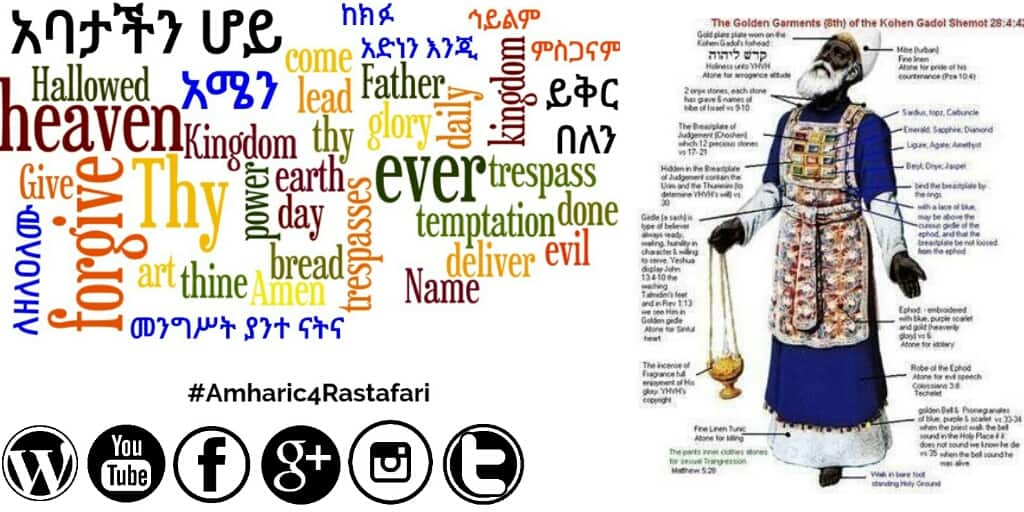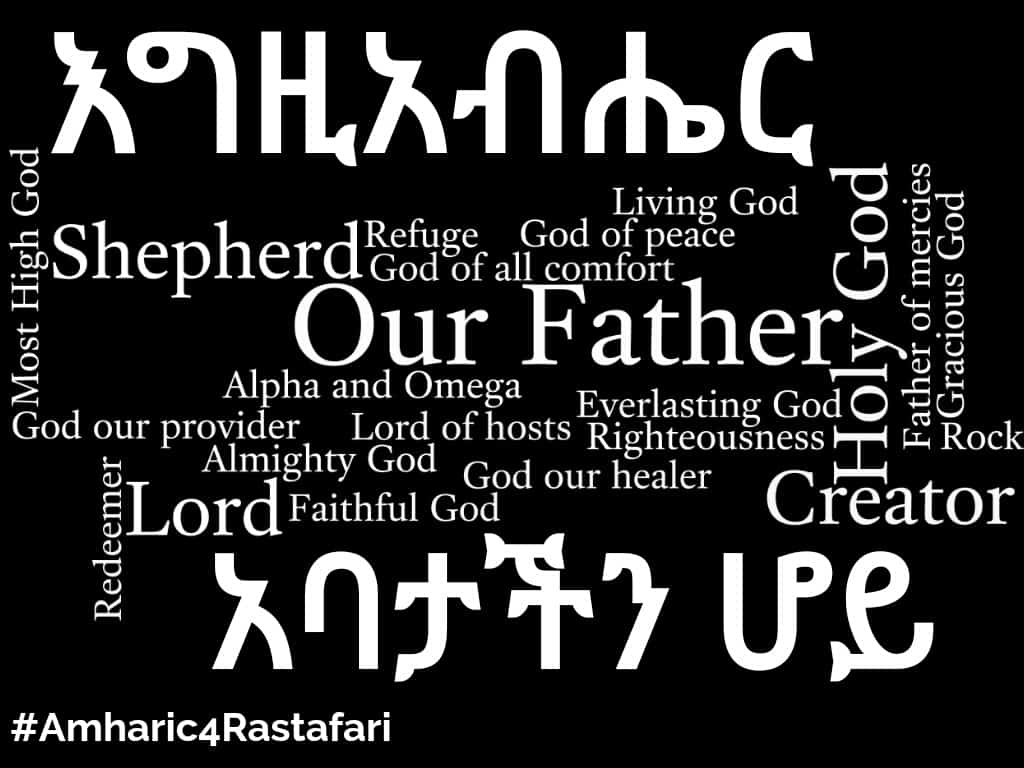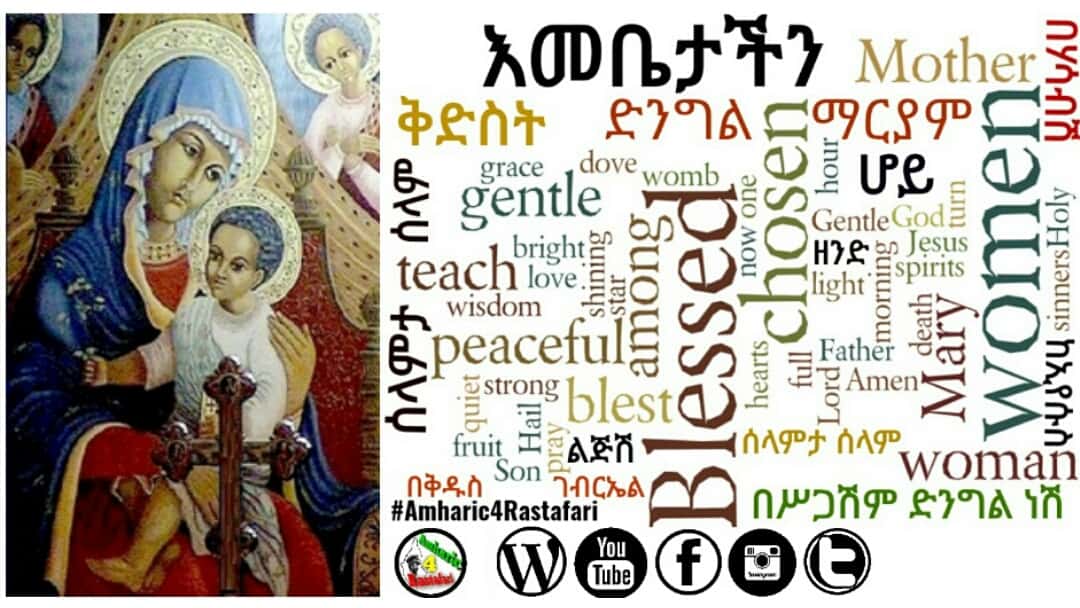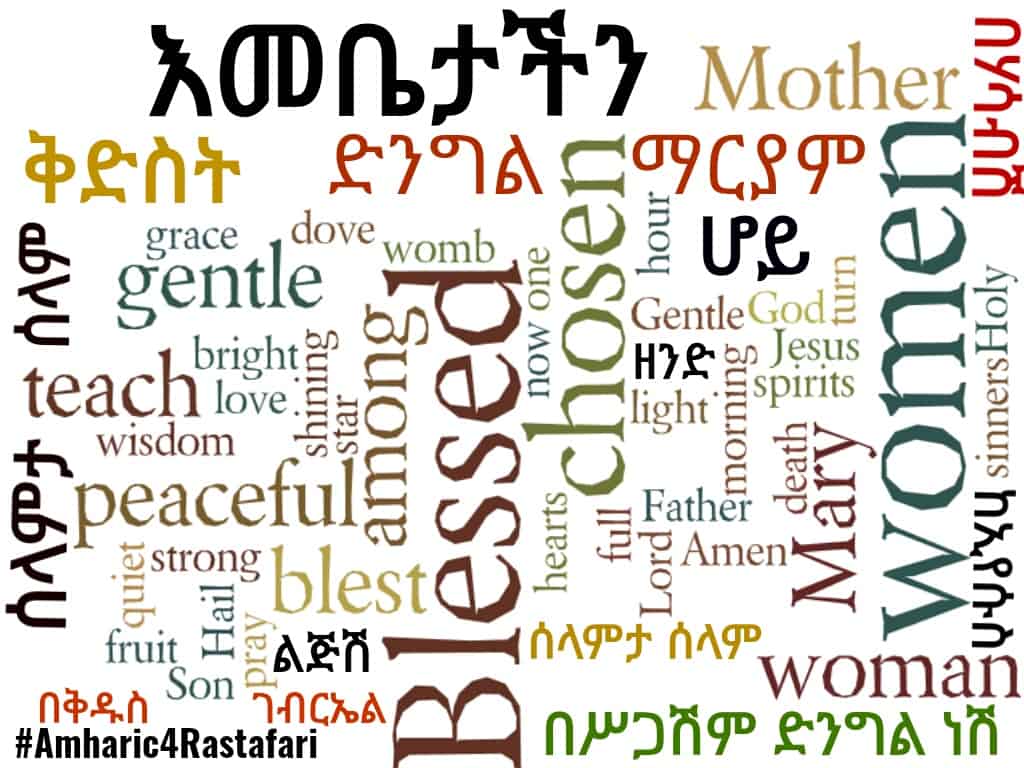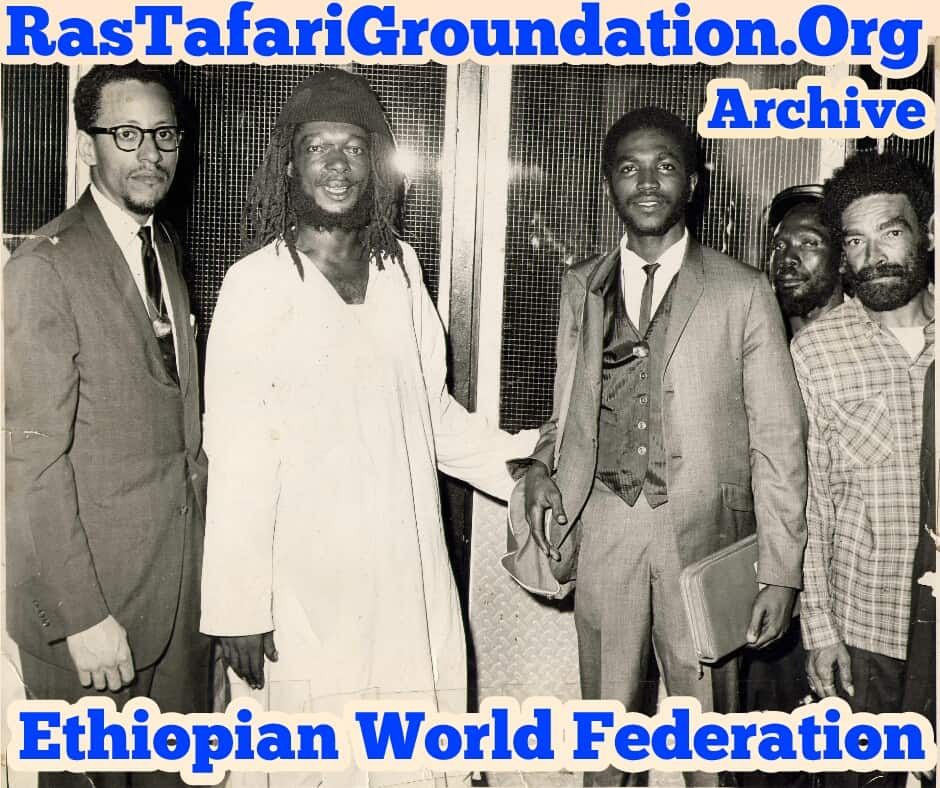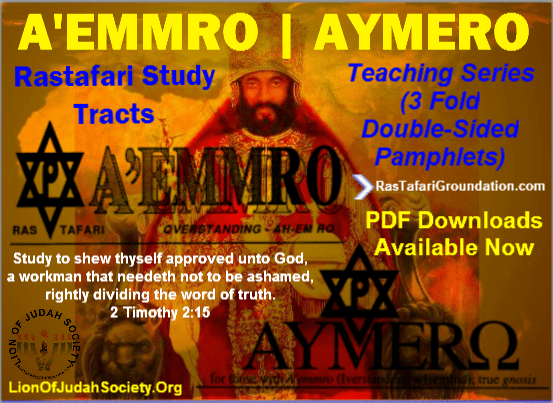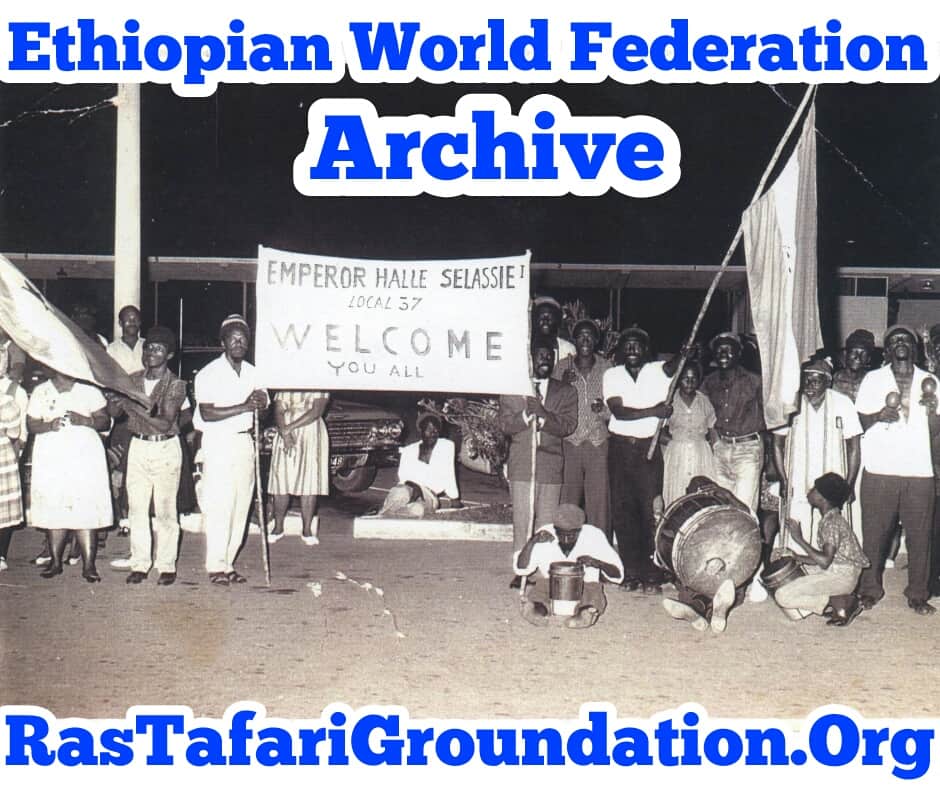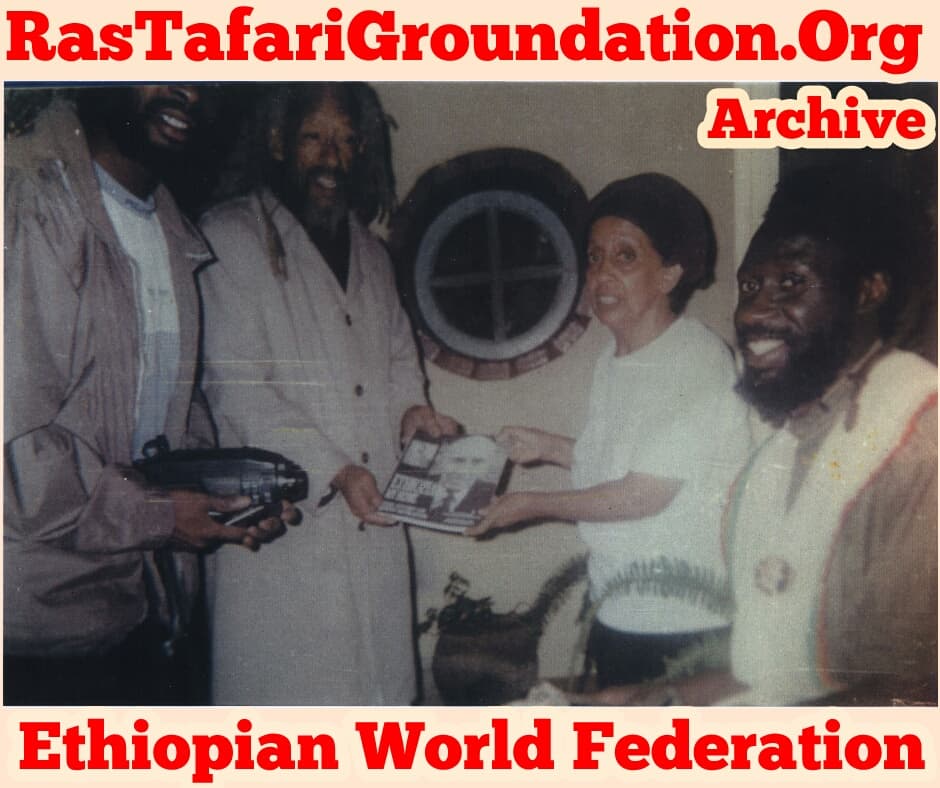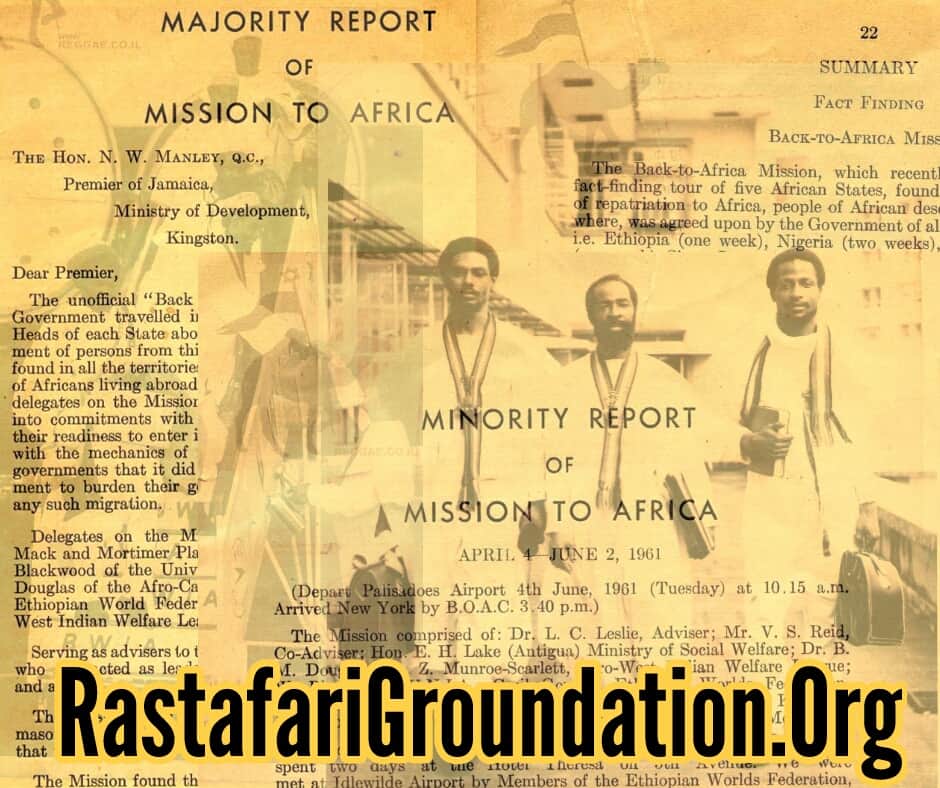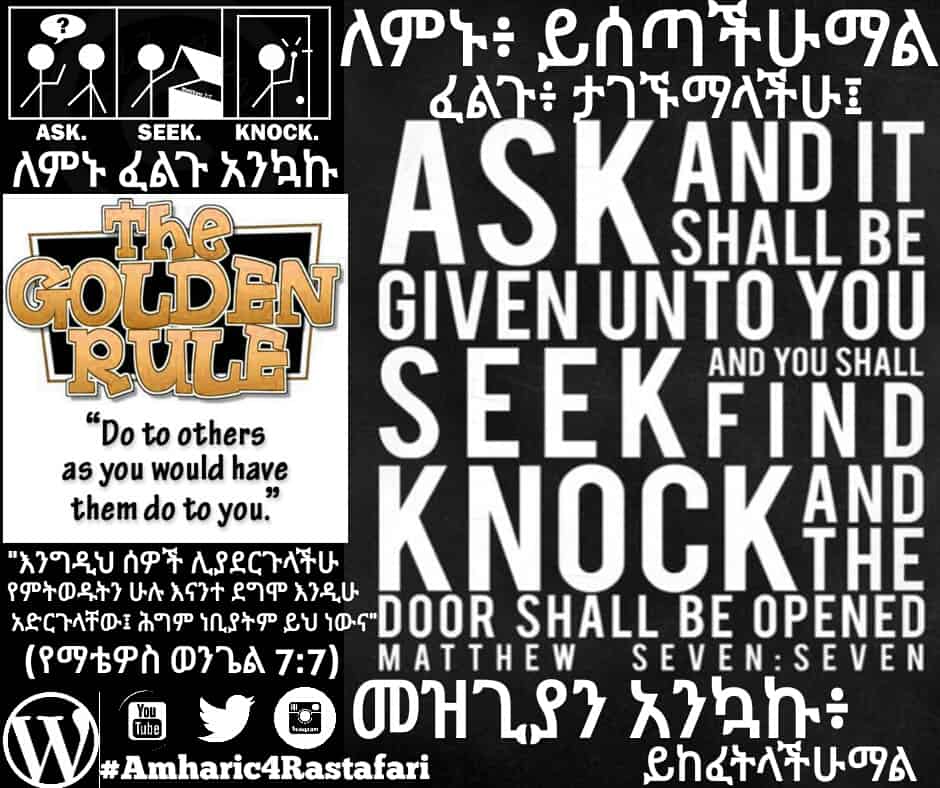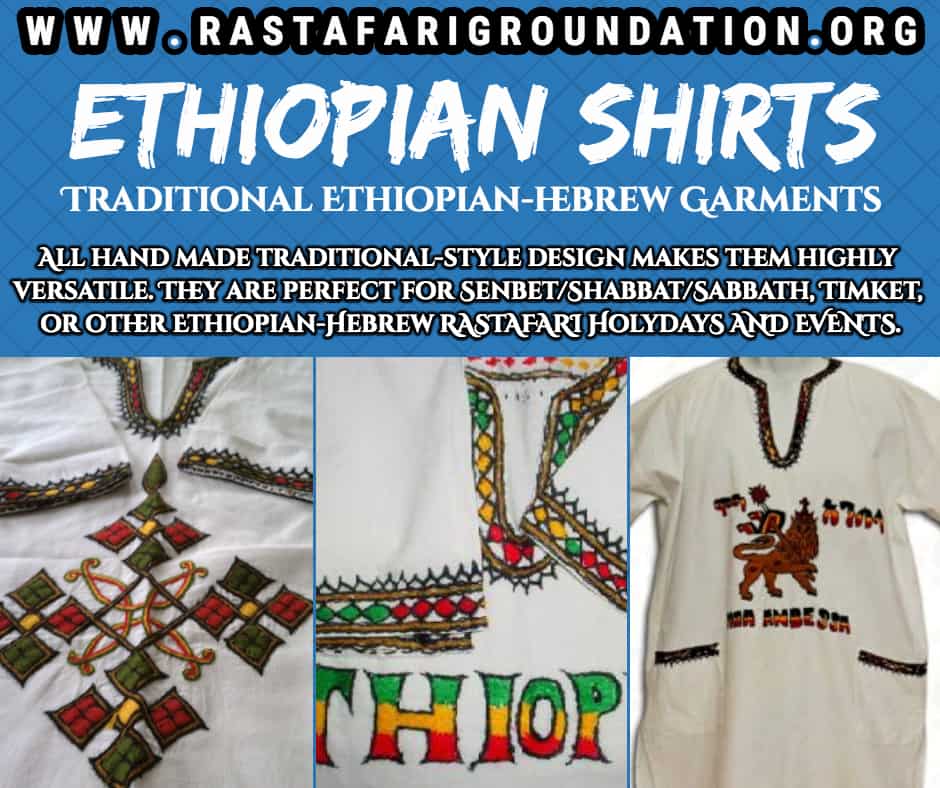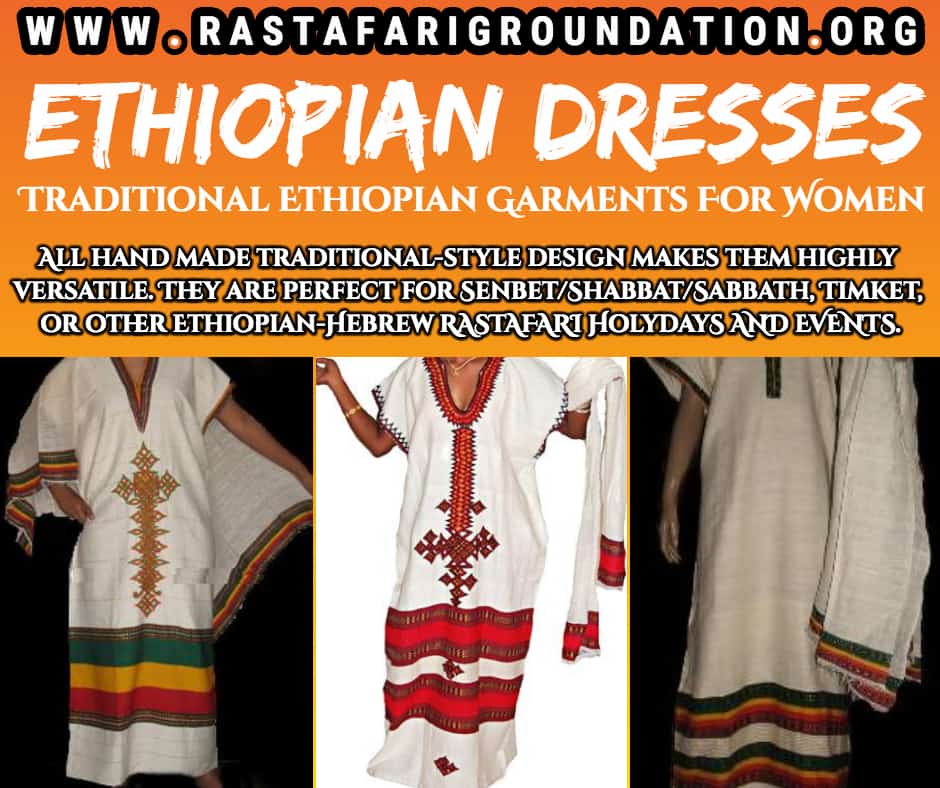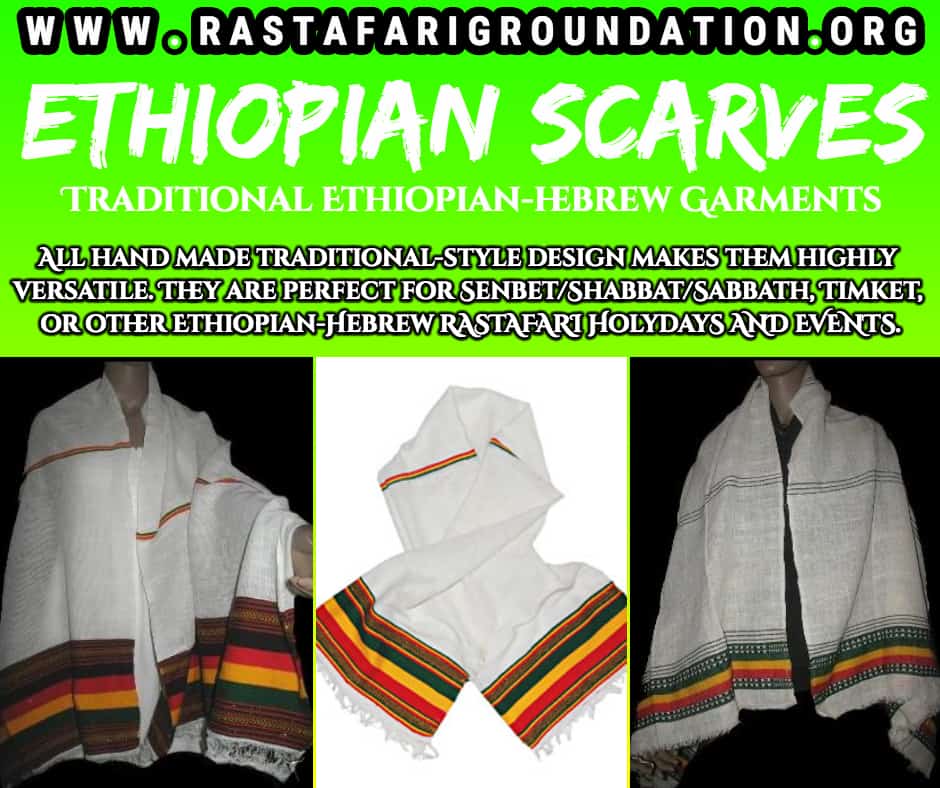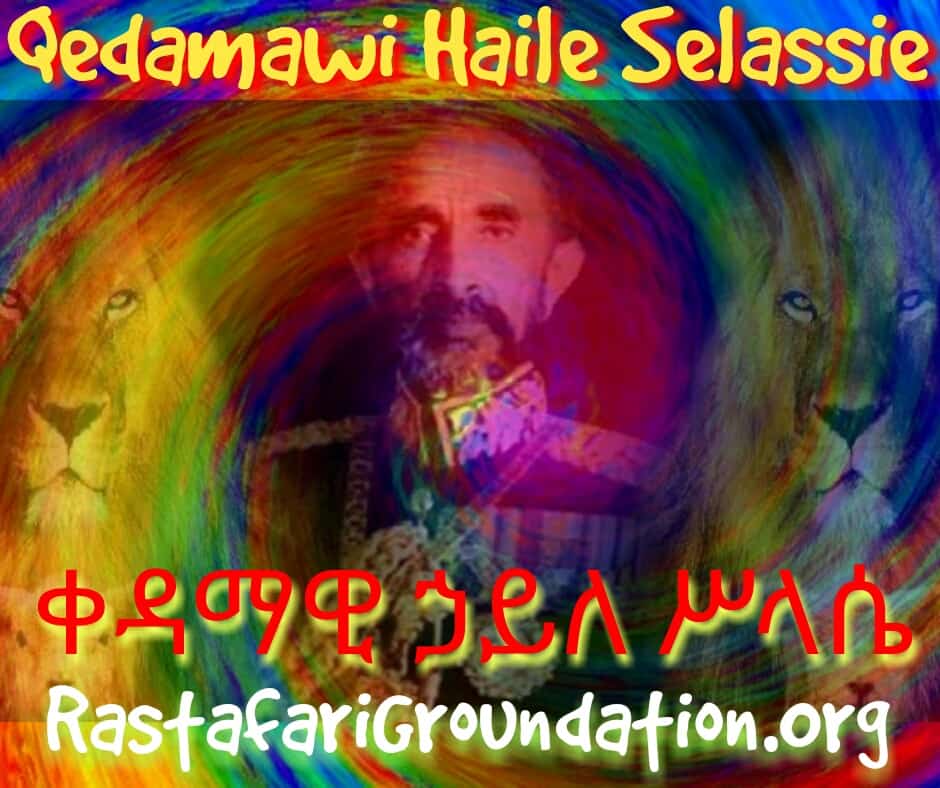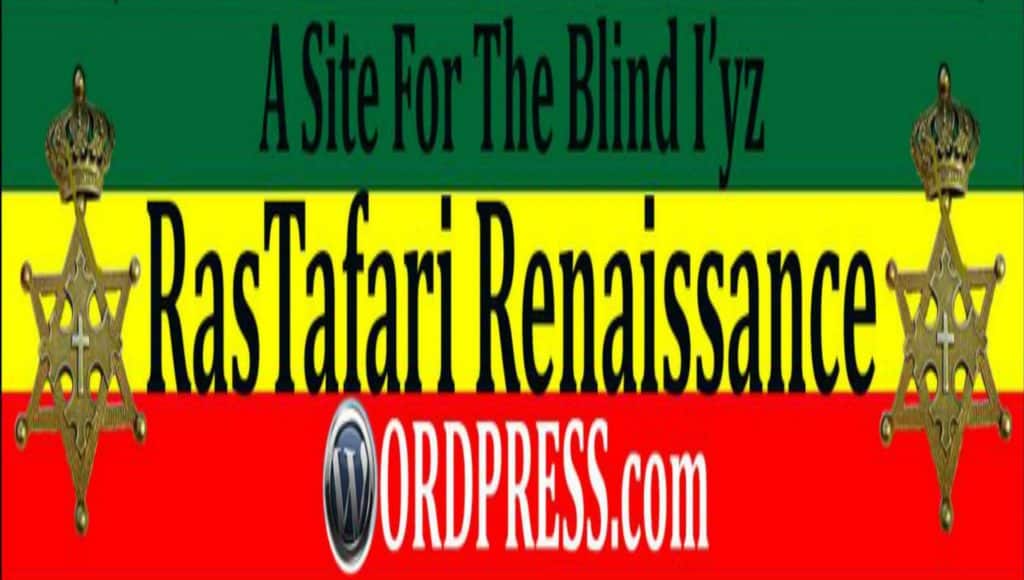The Three Wisemen
During the advent season it is quite common to hear people tell the story of the three wise men, who, following the Star of Bethlehem, traveled from Babylonia on camels to present gold, frankincense, and myrrh to the infant Jesus. This story, however, has just as much mythology as biblical truth.
The Gospel of Matthew is the only place in Scripture that refers to these magi. The text is as follows:
Now after Jesus was born in Bethlehem of Judea in the days of Herod the king, behold, wise men from the east came to Jerusalem, saying, “Where is he who has been born king of the Jews? For we saw his star when it rose and have come to worship him.” When Herod the king heard this, he was troubled, and all Jerusalem with him; and assembling all the chief priests and scribes of the people, he inquired of them where the Christ was to be born. They told him, “In Bethlehem of Judea, for so it is written by the prophet:
‘And you, O Bethlehem, in the land of Judah,
are by no means least among the rulers of Judah;
for from you shall come a ruler
who will shepherd my people Israel.’”Then Herod summoned the wise men secretly and ascertained from them what time the star had appeared. And he sent them to Bethlehem, saying, “Go and search diligently for the child, and when you have found him, bring me word, that I too may come and worship him.” After listening to the king, they went on their way. And behold, the star that they had seen when it rose went before them until it came to rest over the place where the child was. When they saw the star, they rejoiced exceedingly with great joy. And going into the house they saw the child with Mary his mother, and they fell down and worshiped him. Then, opening their treasures, they offered him gifts, gold and frankincense and myrrh. And being warned in a dream not to return to Herod, they departed to their own country by another way.
Then Herod, when he saw that he had been tricked by the wise men, became furious, and he sent and killed all the male children in Bethlehem and in all that region who were two years old or under, according to the time that he had ascertained from the wise men.
Matthew 2:1-12, 16 esv
First of all, Scripture does not designate the number of magi. Traditionally there were only three because that is the number of gifts—gold and frankincense and myrrh—presented to the Christ Child. Really there could have been any number of magi visiting Christ.
A famous hymn often sung during the advent season is “We Three Kings” by John Henry Hopkins, Jr. (1857). The first stanza goes as follows:
We three kings of Orient are;
Bearing gifts we traverse afar,
Field and fountain, moor and mountain,
Following yonder star.
Though this well-cherished song refers to the three “kings” there is no evidence which supports that these magi were in fact kings. These magi were wise men who were probably experts in astrology and oneirocriticism (interpretation of dreams), such as the wise men described in Daniel 2. Of twenty translations surveyed, thirteen referred to the magi as “wise men”(asv, cev, Douay-Rheims, esv, hcsb, kjv, ncv, net, njb, nkjv, nlt, nrsv, and rsv), five called them “magi” or “mages” (Darby, nasb, niv, tniv, and ylt), J.B. Phillips names them “astrologers,” and the Message, “a band of scholars.”
Another possible misnomer is that the wise men were present at the birth of Christ (or shortly thereafter), presenting gifts to the Christ Child in the manger. The evangelist Luke tells us that shepherds visited the Christ Child in the manger (Luk 2:8-20), but there is no mention of the magi at this point. In fact it seems that the magi could have arrived sometime later according to Matthew’s account. Matthew 2:11 states that they entered a house (Gk. oikia) which is distinct from a manger (Gk. phatnê). Matthew 2:16 makes reference to Herod confiscating life from all the male children in and around Bethlehem “according to the time that he had ascertained from the wise men.” Therefore the magi may have arrived circa two years after Christ’s birth, despite the traditional timing of twelve days later (January 6th is date that the magi arrived, however, this is working from the false premise that Christ was born on December 25th).
Some accounts of the “three” wise men are accompanied with their names: Caspar, Melchior, and Balthasar. The earliest reference to these names is from Excerpta Latina Barbari, which is a Latin translation of an early sixth century Greek manuscript. The names seem to be purely tradition as they do not have an early witness.
Something else to consider is the origin of the wise men. Some have attributed it to Babylonia or simply Persia based on the term magi, yet Matthew leaves it ambiguous by stating that they came “from the east.”
As a note of interest, Josephus, the first century Jewish historian, records several portents or omens that foretold the war with Rome and the destruction of the Temple in a.d. 70.
Thus there was a star resembling a sword, which stood over the city, and a comet, that continued a whole year. (Josephus, War 289)
This event would have occurred in a.d. 66, and it is possible that Josephus merely included this incident from the prior account of the star at Christ’s birth in order to strengthen his pro-Roman argument.
When all is said and done, the only impeccable information which we can obtain regarding the magi is the very words of Scripture.
Sayings
- Moderation in all things.
- Once saved, always saved.
- Better to cast your seed…
- Spare the rod, spoil the child.
- To thine ownself be true.
- Do unto others as you would have them do unto you.
- God helps those who help themselves.
- Money is the root of all evil.
- Cleanliness is next to godliness.
- This too shall pass.
- God works in mysterious ways.
- The eye is the window to the soul.
- The lion shall lay down with the lamb.
- Pride comes before the fall.
